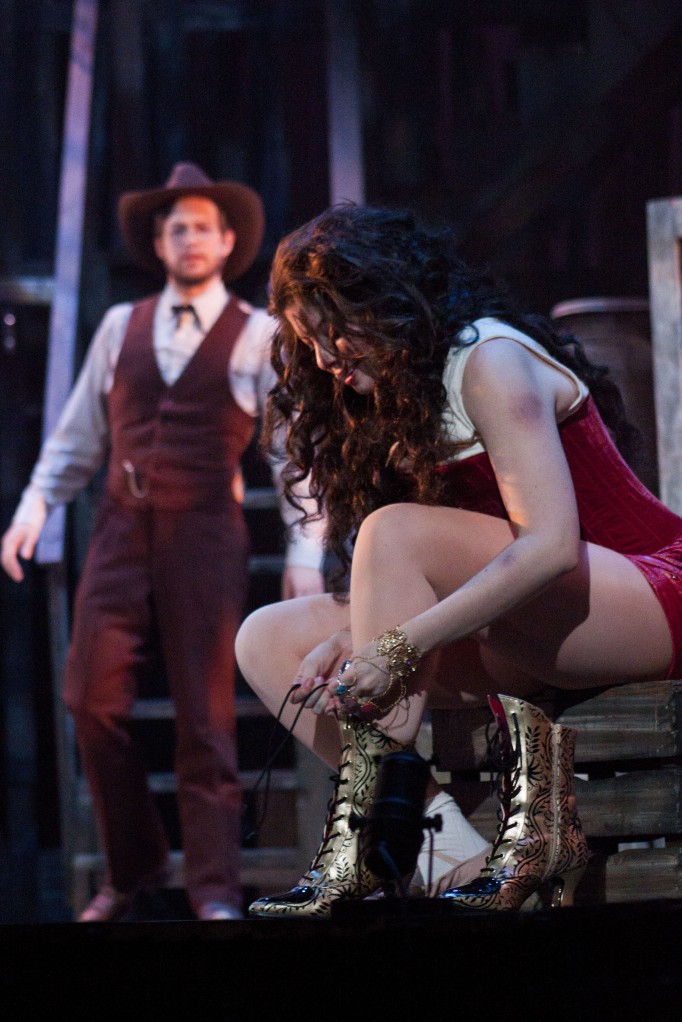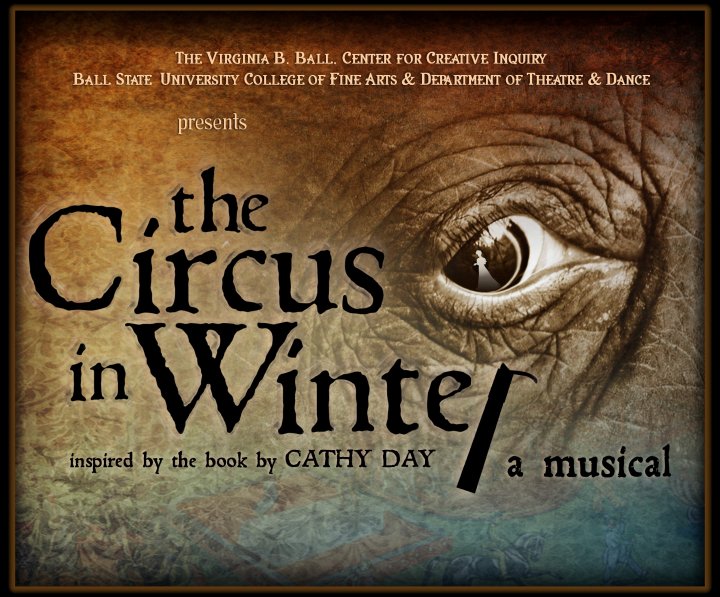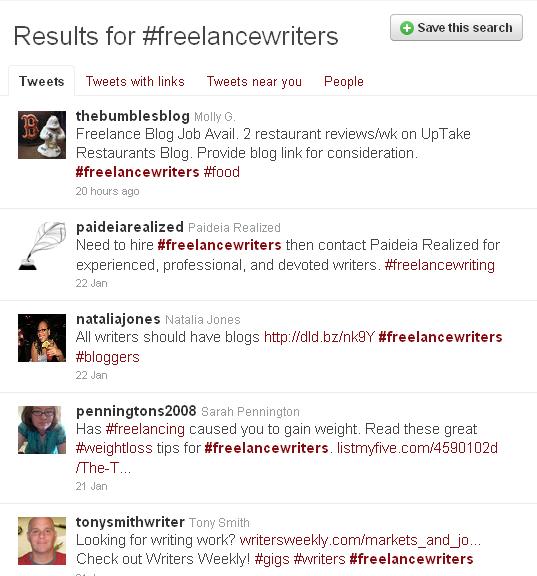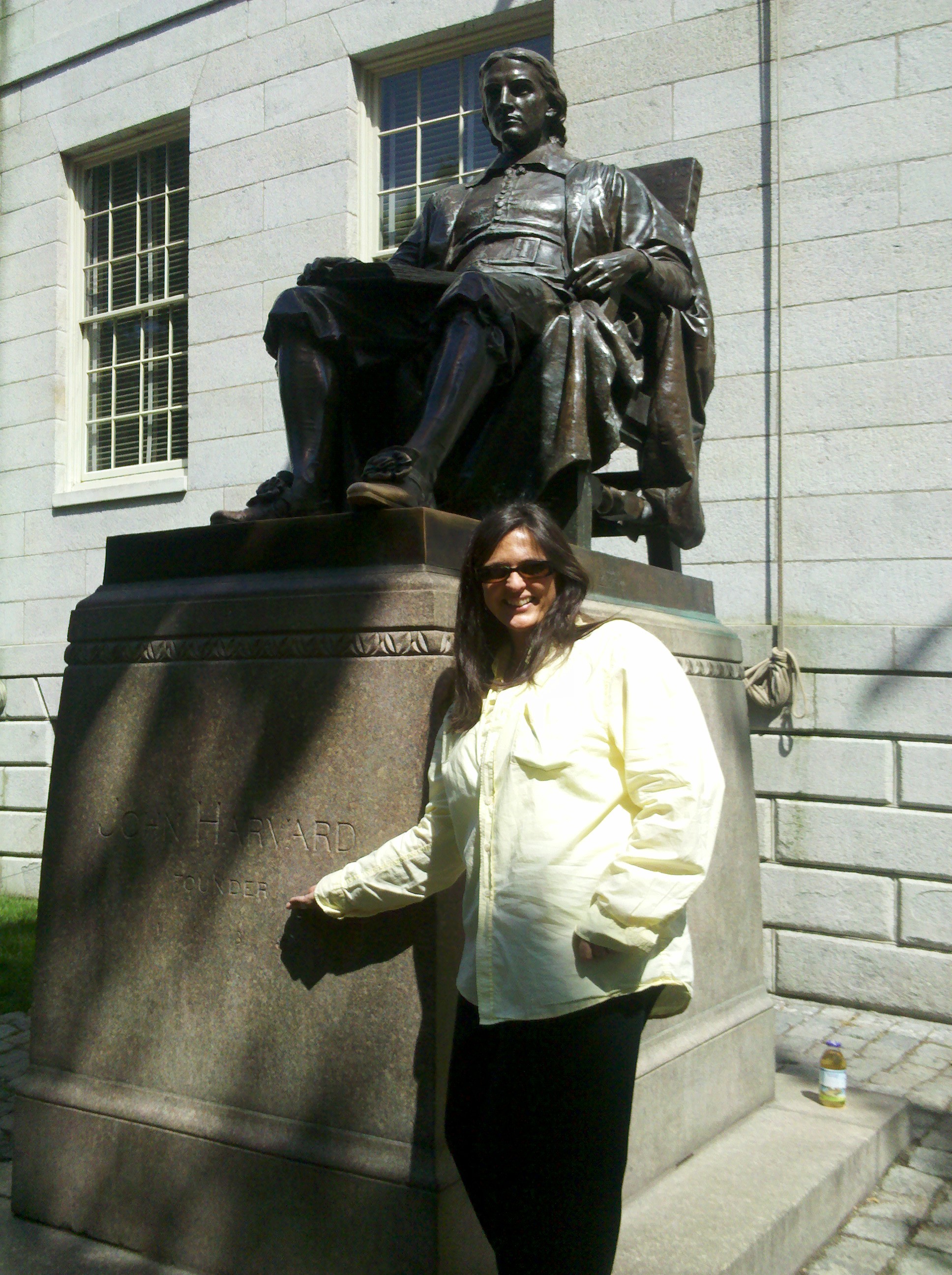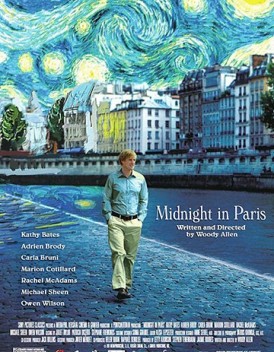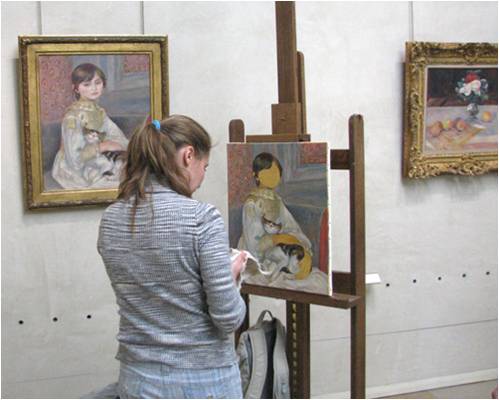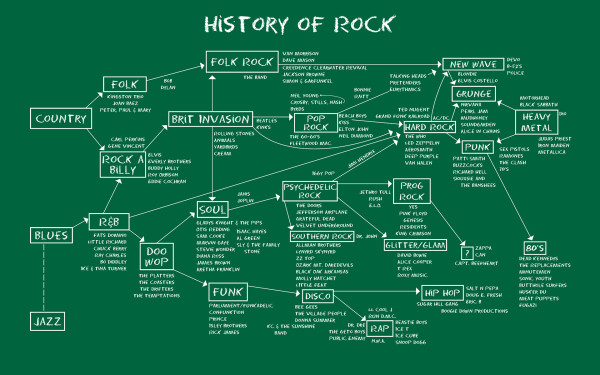 The eight-show run of The Circus in Winter: the Musical is at an end, but here are some links to news coverage, photos, videos, even a TV commercial about this amazing project. Continue reading
The eight-show run of The Circus in Winter: the Musical is at an end, but here are some links to news coverage, photos, videos, even a TV commercial about this amazing project. Continue reading
The Story of Jennie Dixianna
The Circus in Winter WritingThe first thing I did upon meeting Jennie Dixianna was kill her. I’ve regretted the decision ever since.
Over time, she became many things–acrobat, femme fatale, incest survivor, superwoman–but she was ephemeral and vague when she first popped into my head in Fall of 1991. Exactly twenty years ago. She made her very dramatic entrance in one of the very first stories I wrote for the big thing (I didn’t dare even think of it as a “book” in those days) which I then called Circus People but which my wonderful editor Ann Patty wisely rechristened The Circus in Winter.
That story was “Winnesaw,” the flood story, in which Jennie is introduced, flits around for awhile, and then [spoiler alert!] drowns while drunk, which is a really stupid way to kill a character.
So let me tell you how she was born.
I got the name “Jennie Dixianna” from this photograph of the Hagenbeck-Wallace Circus.

If you look closely, you can see on the banner line that she’s “America’s Doll Lady,” a euphemism for dwarf, someone who possesses some form of Restricted Growth. The real Jennie Dixianna, whoever she really was, is sitting next to the fat lady in this picture.
Another inspiration for Jennie was the real-life acrobat Lillian Lietzel. Her famous act, the One-Armed Plange, involved repeated turns on a hanging swivel and loop, revolutions which required her to dislocate her shoulder with each turn. This is where I got the idea for Jennie’s act, “The Spin of Death.”

You need to know this: When I first created Jennie, I was living is Tuscaloosa, Alabama, attending graduate school in creative writing. The first night of my first-ever fiction workshop, one of my mentors, Allen Wier, read to us from the introduction of Carl Carmer’s Stars Fell on Alabama, and the last sentence haunted me: “So I have chosen to write of Alabama not as a state which is part of a nation, but as a strange country in which I once lived and from which I have now returned.”
Replace “Alabama” with “Indiana,” and that’s exactly how I felt about my homestate in 1991, the year I left (for what I thought was for good) to embark on my journey to become a writer.
A year or so after writing “Winnesaw,” I tried to work my way backwards from the flood. Why would a man from small-town Indiana buy a circus? The answer to that question is contained in the story “Wallace Porter.”
So: I needed to connect the dots. I’d already written “Winnesaw” so I knew that Wallace and Jennie were going to become lovers, and, now that Irene was dead, Wallace was free to hook up with Jennie. But how would such a pairing happen?
If you’ve read the story “Jennie Dixianna,” I want you to imagine it sans all the backstory. That’s how the first draft of that story read. I showed it to Thomas Rabbitt, who became my thesis director, and I’ve never forgotten what he said after reading it.
“Cathy, your stories are like Victorian dollhouses. You’ve got all the period details right, the set dressing, the costumes, but I never feel like I’m inside that house. I’m watching your characters go through the motions, deliver their lines, but I’m not emotionally invested in them. I don’t feel like they are real people. They’re like these little dolls that you’re picking up and moving from room to room.”
He pointed specifically at the Jennie Dixianna story to illustrate this point.
It was 1995. I’d been working on these stories for four years. I was so devastated after Tom said this that I briefly considered jumping off the third floor balcony of Manley Hall. But I knew he was right.
Some time after this conference, I was watching Inside the Actor’s Studio with James Lipton. I don’t remember who he was interviewing, but s/he said something about the difference between “delivering your lines” and “becoming your character.” S/he said that in order to make the audience believe a character is “real,” you can and should draw from some aspect of your personal experience. It’s Method Acting 101, I suppose, but I found it enormously illuminating.
So I started figuring out what the hell was going on inside this Jennie Dixianna chick, what made her tick.
Eureka moment: Jennie thinks she wields a great deal of power over men. When in my life did I ever feel that way? Because, wow, at that point in my life, my twenties, I felt completely bewildered by the opposite sex. But then, I remembered, I thought I was pretty hot shit when I was seventeen (just ask my parents), and so I channeled that and gave it to Jennie Dixianna.
Eureka moment: Then I started thinking, Who is this woman? How did she get that name, Dixianna? Why do some women sleep with all the wrong men? Why do they let such chaos into their lives? Why do they accept the slightest compliments as payment in full emotionally? When is promiscuity about power and when is it just really, really sad?
(These are very good questions for a young woman to ask herself in her twenties. Hoo boy.)
Eureka moment: Aha! Jennie is the victim of incest! Trust me, I get a lot of strangely-worded questions about this, all of them trying to find a way to ask me if this happened to me. The answer is no. Sure, I’ve got some Daddy Issues, but not that one. This aspect of Jennie is inspired by another Famous, Mysterious Dead Girl: Laura Palmer. I saw David Lynch’s Fire Walk with Me in Paris during the summer of 1992, and was rocked to my core by the scene when Laura figures out who “Bob” really is.
Eureka moment: On p. 282 of Stars Fell in Alabama, in the chapter on “Mountain Superstitions,” I found this:
“To stop a flow of blood, read a certain passage in the Bible. This verse is known to only a few people. When there is a bad case of bleeding the name and age of the unfortunate person is carried to the one having this power. He or she will retire to a room with the Bible. After reading the verse and chanting a few magic words, the conjurer will claim that the flow has stopped.”
So that’s how Jennie Dixianna’s character came together over the course of about five or six years.
When I talk to readers of my book, they always tell me that Jennie is their favorite character, and so I wasn’t surprised when I learned that she’d play a major role in the adaptation despite the fact that she only appears in three stories in the book. She’s been played now by Maren Ritter, Jaclyn Hennell, Ella Raymond, Erin Oechsel, Jessica Biernacki Jensen, and now Sutton Foster.

Each of these women has played Jennie in a slightly different way, each one so beautiful and strong and sad, and I hope that they have learned something of themselves by playing her as much as I did by writing about her.
There’s a scene at the end of the show where Wallace Porter is flanked by the two women he loved: Irene Jones Porter and Jennie Dixianna. One is dressed all in white, the other in gaudy reds and blues and greens. The good girl and the bad girl, so to speak, and I killed them both!
Why did I kill Jennie? That’s the question that’s been haunting me all week.
Maybe I couldn’t imagine a future for Jennie because I couldn’t imagine my own future at that point in my life. Twenty years after she first popped into my head, I sat there in the darkened theater looking at Jennie Dixianna, looking at my twenty-year old psyche dramatized on stage. I held my husband’s hand, surrounded by friends and family, back home again in Indiana, thinking how strange and wonderful it is to be an artist, how worthwhile it is to keep trying to get something right so that your work can matter to someone else someday.
The Greatest Show on Earth
General WritingWhere:
University Theatre of Ball State University
When:
September 29-30, October 1, 5-8 at 7:30 p.m., and October 2 at 2:30 p.m.
Who:
Adaptation by the students of the Virginia B. Ball Center for Creative Inquiry, Directed by Beth Turcotte, Musical direction by Ben Clark and Alex Kocoshis, Choreography by Erin Spahr
How to Order Tickets:
The box office is open from 12 to 5 PM Monday through Friday (765)285-8749 or boxoffice@bsu.edu $16 Gen. Adm., $12 Senior, $11 Student. Group rates are available.
How did this happen?
This explains it pretty well. Basically, the musical happened because 1.) Prof. Beth Turcotte at BSU proposed the project, jumped through the hoops, herded the cats, and drew the very best out of 2.) an incredibly talented group of young people with mad, mad skills, and 3.) it happened because of one devout fan of the book: Prof. Tony Edmonds. He’s been teaching The Circus in Winter in his courses at Ball State since it was first published, and thus, when Beth’s group got together to talk about a book to adapt, many had read it. It’s extraordinary that a room full of people anywhere (other than in my hometown or perhaps in my parents’ living room) would have my book in common.
How faithful is the musical to the book?
Quite faithful, but wisely (since my book is a collage and a good musical is a straight line), they only used the first five stories in the book. You’ll meet Wallace Porter, Irene Porter, Jennie Dixianna, and Elephant Jack, Caesar the Elephant (yes! there’s an elephant!) among others, as well as a few new characters not in the book.
What’s the musical about?
Basically, it’s an origin story; why does Wallace Porter buy a circus? “The Circus in Winter is the story of passion beneath the big top. Join Wallace Porter, a stable owner from Indiana, as he falls in love and searches for his life’s work, a journey that culminates in the purchase of his own circus. Filled with fantastic characters, heart-wrenching moments of love and loss, and extraordinary new music. The Circus in Winter is a feast for the eyes, ears and heart.”
Where do I go?
The University Theatre and Box Office is located on the Ball State campus behind Emens Auditorium, across the plaza south of Bracken Library.
Will you be there, Cathy?
Maybe. I can’t attend every performance, but I will definitely be there opening night, Sept. 29, Sunday, Oct. 2, and on Thursday, Oct. 6.
Will there be a post-performance Talk Back so the audience can learn more about the adaptation and production?
Yes, it’s on Thursday, Oct. 6 after the show. I’ll be there, although my involvement in the production was quite minimal. The students and faculty who did the adaptation will be there (although some have graduated), along with members of the current cast and crew.
How does this feel?
I started writing The Circus in Winter exactly twenty years ago when I was a college student in Indiana, and it makes me happy that this adaptation was also done by college students in Indiana. Mostly, I’m just really grateful. These characters have been in my head for twenty years, and I can’t wait to meet them. I’m pretty sure I’ll cry a lot. It’s a very overwhelming experience to have your inner truths sung back to you.
How can I learn more?
If you can’t come to the show, follow the musical on Twitter @circusinwinter. They live tweet rehearsals.
May all your days be circus days!
Twitter in a Creative Writing Class
Teaching WritingInspired by the way Adam Johnson shares innovative classes via Blogger, I decided to create a blog for two of my classes this semester. One is a graduate course on Linked Stories, and the other is an undergraduate course on Novel Writing. Long after the classes are over, the blogs will remain, archiving the experience of the course. I’m curating the Linked Stories blog, titled #amlinking, and my intern Lauren Burch is curating the Novel Writing blog, #amnoveling.
Why those titles? Well, if you use Twitter and you’re a writer, I’m sure you recognize what I’m doing, so let me take a minute to explain hashtags to the rest of my readers. See picture below. Also, non-Tweeters should read this. Continue reading
Add it Up
Mrs. Cole Porter Writing“Wait a minute honey, I’m gonna add it up…” — The Violent Femmes

I just spent a month thinking and writing and reading and researching. I lived like a monk, haunting the libraries, completely focused. There were no distractions other than the ones I created for myself. Do you know what it’s like, someone giving you money to think about something for a month? I’ll tell you what it’s like: it’s pretty freaking awesome.
This is what I accomplished:
For my novel-in-progress:
I wrote two new chapters (25 pages) and completed a 10-page synopsis.
For my nonfiction project (for which I got the funding):
I read and/or reviewed 16 books and 15 articles or book chapters. I generated 100 pages of notes. Single spaced. I took 400 digital photographs of Linda Porter’s scrapbook pages. There are 86 volumes of her scrapbooks at the Houghton, and I reviewed all but a few of them, along with scrapbooks belonging to Oliver Wendell Holmes, Charles Eliot Norton, and Josephine Prescott Peabody, just to name a few. I also interviewed Daren Bascome, who owns his own branding business, Proverb.
How was this idyll made possible?
- I received a Beatrice, Benjamin and Richard Bader Fellowship in the Visual Arts of the Theatre from the Houghton Library at Harvard University and an ASPiRE Research Grant from Ball State University. Thank you.
- My colleagues at Ball State Tony Edmonds, Robert Habich, Mark Neely, Rai Peterson, Elizabeth Riddle, and Joe Trimmer looked over my proposal and/or showed me their own research proposals. Thank you.
- My husband Eric Kroczek took care of everything during the month I spent hammering out these proposals, and he took care of everything during the time I spent at the Houghton Library. Thank you.
And because I couldn’t work all the time, I took breaks with my former TCNJ colleague Michael Robertson, my old college chum Karen DeTemple, and my new writer friend, Lise Haines. It was also great to meet Elizabeth Searle, who was kind enough to let me sit with her at a production of Tonya & Nancy: The Rock Opera, one of the funniest and saddest and most wonderful things I’ve witnessed in quite some time.
A typical day included 6-9 hours in the Houghton Library reading room, a very pleasant place to spend the day, especially when it’s 100 degrees outside. To save money, I’d bring something to nibble on outside rather than go out for lunch. Some days, I’d go to the Lamont or the Widener libraries to work and write, and a few days (not very many), I never left my little studio apartment. In the evenings, I found that I couldn’t read. I think the human brain can only absorb so many words in a day. So, I watched a lot of BBC and Masterpiece Classic series on Netflix or YouTube. My favorites were North and South (based on the novel by Elizabeth Gaskell, and no, it doesn’t have anything to do with the Civil War) and Daniel Deronda. Many thanks to the Facebook group British Period Drama for the daily suggestions.
It was a great month. And now I return to real life with a purse full of receipts for the other kind of accounting that I will no doubt have to do.
Midnight in Paris & Fantasy Linda
Mrs. Cole Porter WritingA sincere thank you to everyone who wrote me to make sure I knew about Midnight in Paris. This is the conversation I imagined having with all of you about the movie.
Hey, you said, do you know that Cole Porter is a character in this new Woody Allen film?
Yes, I do know this.
Linda Died 57 Years Ago Today
Mrs. Cole Porter The Biggest Things Writing Note: If you’d like to follow the progress of my book, follow Linda on Twitter, @MrsColePorter. Believe me, if Linda were alive today, she would totally use Twitter.
Note: If you’d like to follow the progress of my book, follow Linda on Twitter, @MrsColePorter. Believe me, if Linda were alive today, she would totally use Twitter.
Linda Lee Thomas Porter died on this day, May 20, 1954. She died in her apartment in the Waldorf Towers after a long battle with emphysema.
Linda described her illness as “smothering spells.” Imagine that: smothering to death over the course of a decade. She once said, “I suppose I shouldn’t want to stop coughing as I have coughed for so many years, if I stopped, the shock might kill me.” Continue reading
Aesthetic Diversity + Imitation = My Short Story Class
Teaching WritingIn honor of National Short Story Month, I thought I’d share this course with you, a short story survey that focuses on imitations. I always include this picture on my syllabus, a visual representation of my pedagogical approach.
In the film, School of Rock, Jack Black draws this diagram on the chalkboard as a prelude to teaching his students how to be a rock band. I tell my students that my course is about constructing a similar chart for contemporary short fiction, not simply to “label” styles or approaches, but because I want to teach my students how to have a comparative and genealogical conversation. Continue reading
Kim Barnes: Learn the Craft, Trust the Process
CW Programs Teaching Writing Recently, a former student emailed to say he’d been accepted into a few MFA programs, but ultimately, he’d decided on the University of Idaho. When I asked him what made the difference, he cited the beauty of the location, the full funding. “And,” he said, “Kim Barnes has created a multi-semester novel workshop, and I think it sounds fantastic.”
Recently, a former student emailed to say he’d been accepted into a few MFA programs, but ultimately, he’d decided on the University of Idaho. When I asked him what made the difference, he cited the beauty of the location, the full funding. “And,” he said, “Kim Barnes has created a multi-semester novel workshop, and I think it sounds fantastic.”
I knew this was one person I definitely needed to talk to. So I emailed her out of the blue and asked her if she would mind sharing this experience with the readers of my blog. She was kind enough to say yes. Continue reading
The Swamp
Teaching WritingWhen I was a little girl–reading novel after novel, watching movie after movie–I noticed one thing: men got to retreat from the hubbub of family life into their own special rooms, and that their time in this room was sacrosanct. They were not to be disturbed unless it was an emergency. This truth cut across time and class. I saw no difference between the way that Mr. Bennet in Pride and Prejudice retreated to his study
and the way that my father retreated to The Swamp, his garage/man cave/beer fridge/smoking area, the place where he has always gone to get away and think and process and fiddle with things. 
